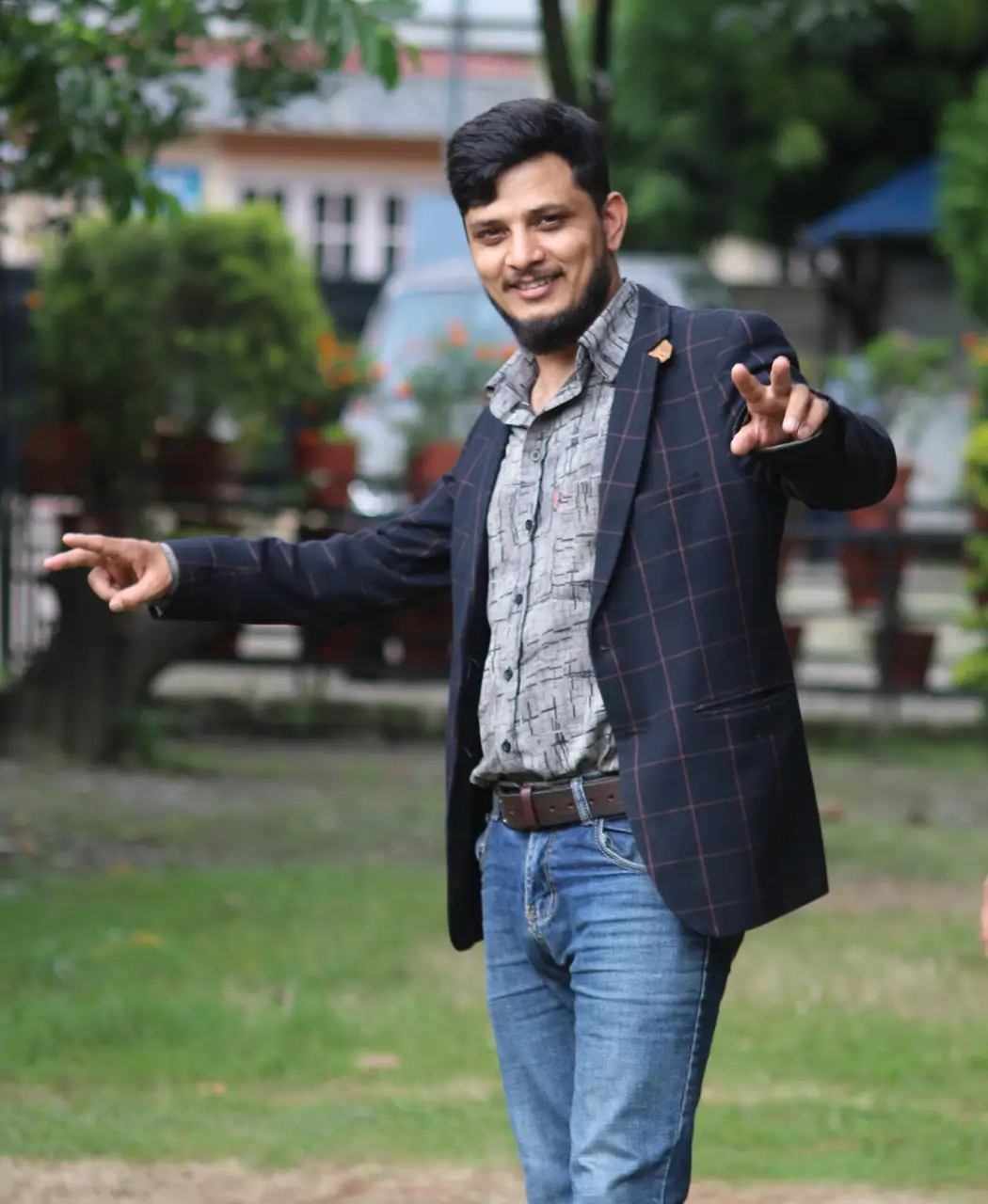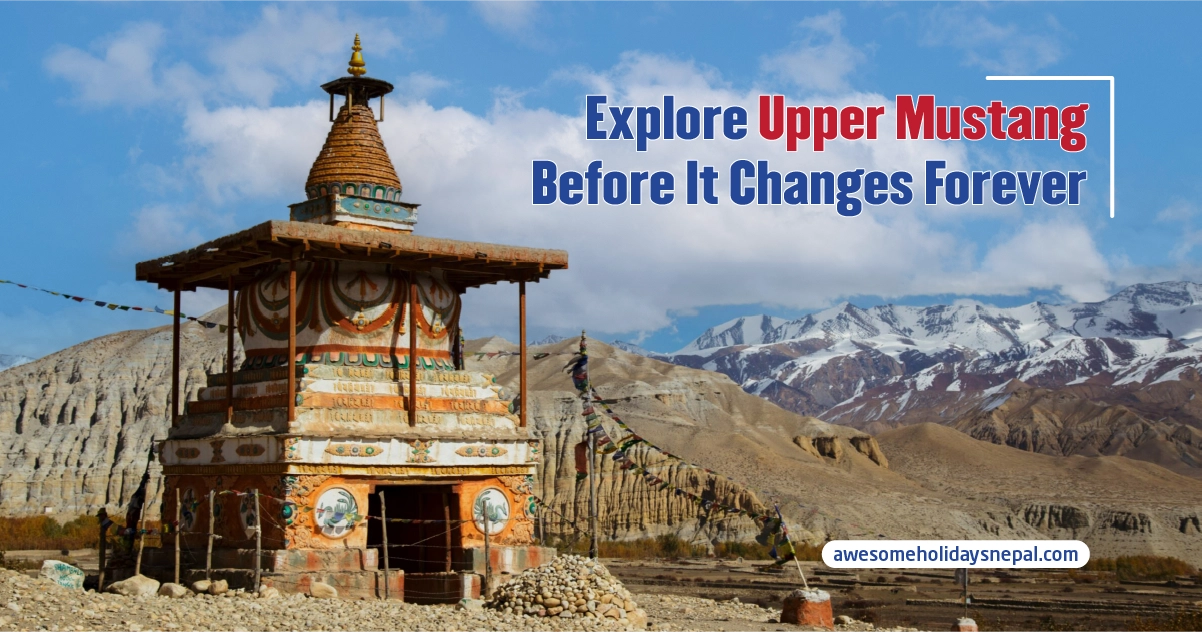Bisket Jatra: A Vibrant Celebration of Tradition and Culture in Bhaktapur
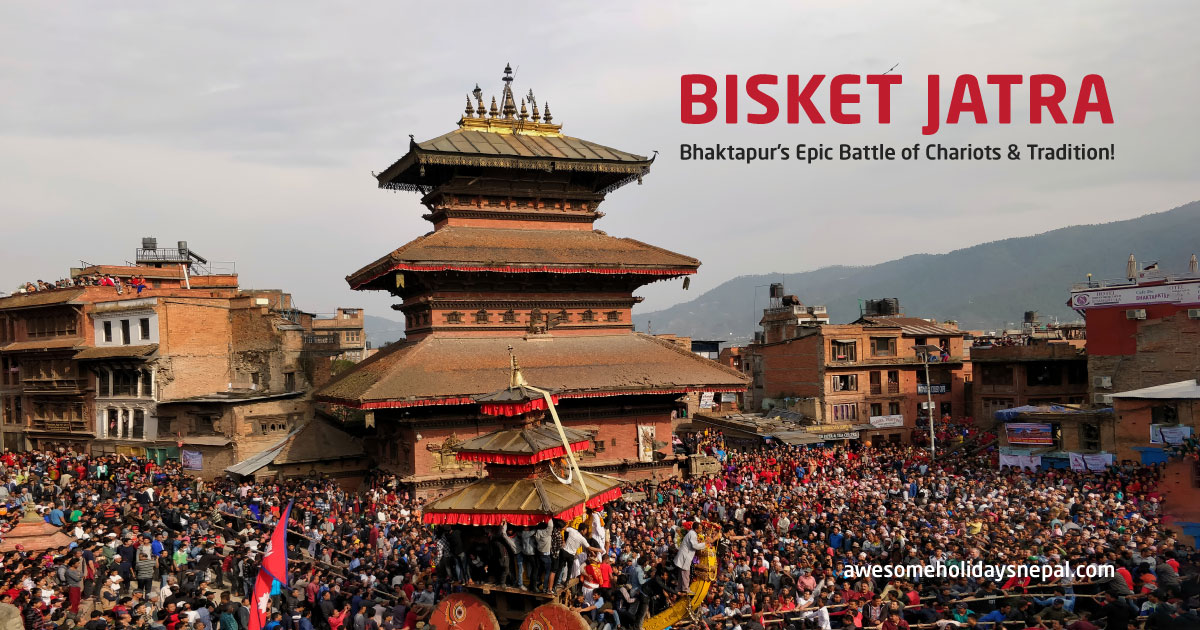
Have you ever witnessed the most vibrant festival in Bhaktapur? This colorful cultural celebration is the Bisket Jatra, also known as Biska Jatra.
Biska Jatra is one of the most vibrant and culturally significant festivals celebrated in Bhaktapur and its neighboring cities like Thimi, Bode, Tokha, Katunje, Sanga, and Nagadesh. This grand festival, which marks the Nepali New Year based on the Hindu Solar Calendar, is a mesmerizing blend of ancient traditions, religious rituals, and community spirit.
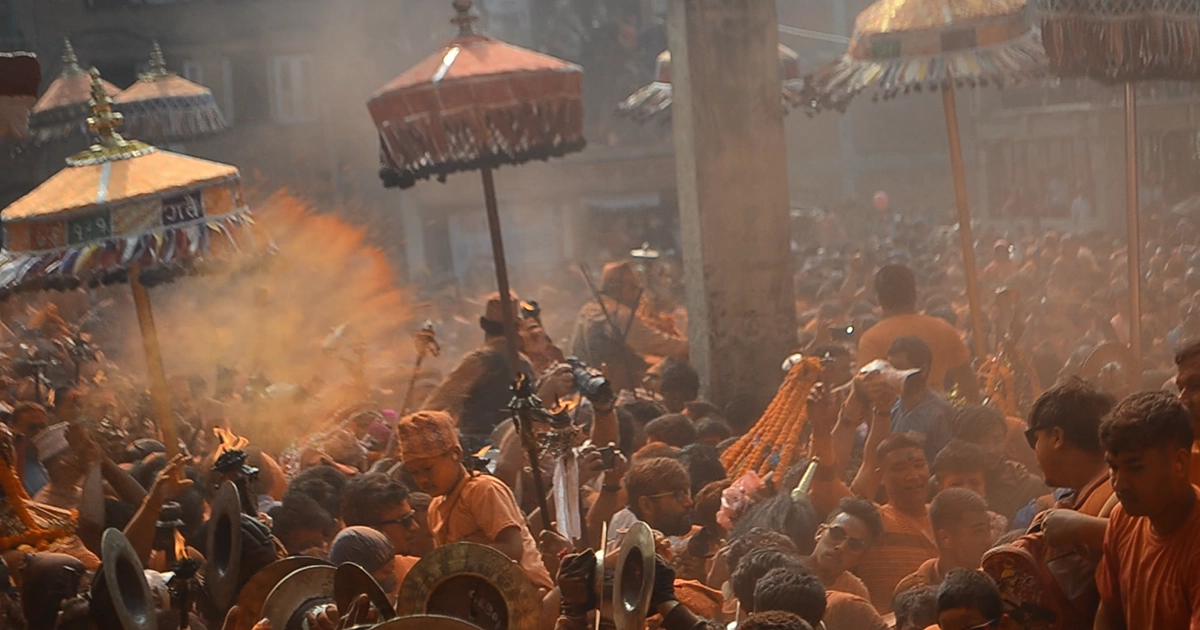
Spanning eight nights and nine days, Bisket Jatra is a spectacle of chariot processions, tug-of-war battles, tongue-piercing ceremonies, and the symbolic raising and lowering of towering wooden poles. For locals and visitors alike, Bisket Jatra is not just a celebration but a living testament to Nepal’s rich cultural heritage.
The festival is deeply rooted in mythology, with legends of serpent-slaying heroes, divine interventions, and royal decrees shaping its customs. In this blog, we will explore the history, legends, rituals, and significant highlights of this extraordinary festival.
Historical and Mythological Origins of Bisket Jatra
The Legend of the Serpent-Slaying Prince
One of the most popular legends associated with Bisket Jatra revolves around a cursed princess. According to the tale, a king had a daughter in the ancient kingdom of Bhaktapur. As she was his sole heir, the king declared that whoever married her would become the next ruler of his Kingdom. However, tragedy struck when the first man to wed the princess was found dead the very next morning.
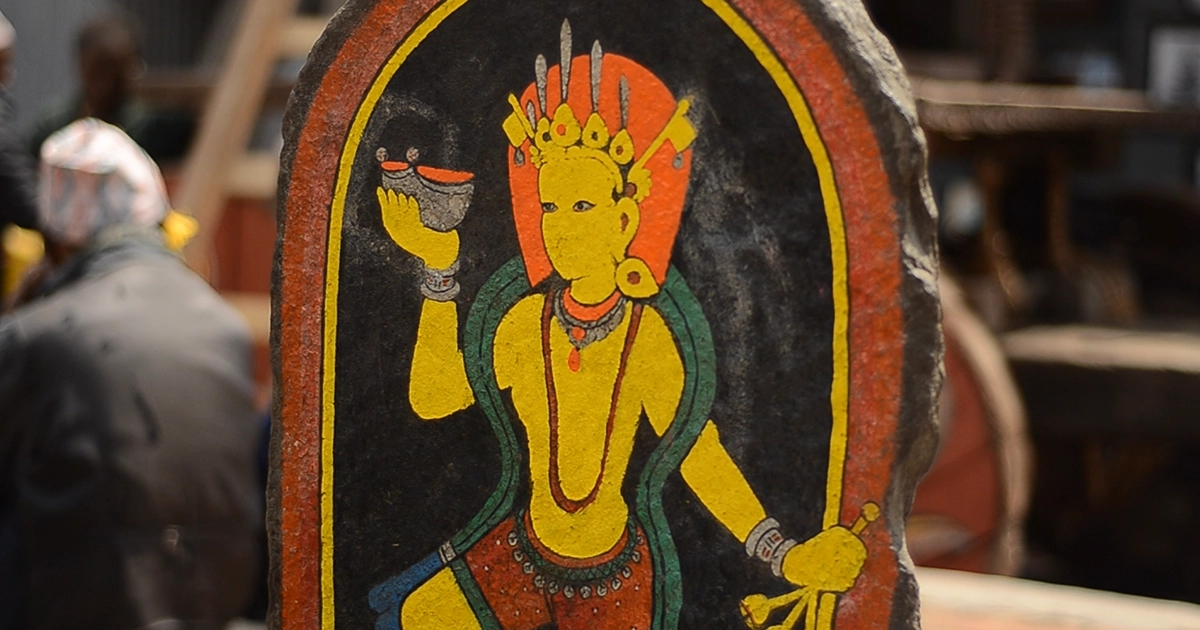
Unknown to anyone, the princess was afflicted by a terrible curse. Each night as she slept, two thin threads emerged from her nostrils, transforming into large serpents that strangled her husband in his sleep. This horrifying fate befell every man who married her. One after another, her grooms died mysteriously, and soon, no man in the kingdom dared to take her hand in marriage.
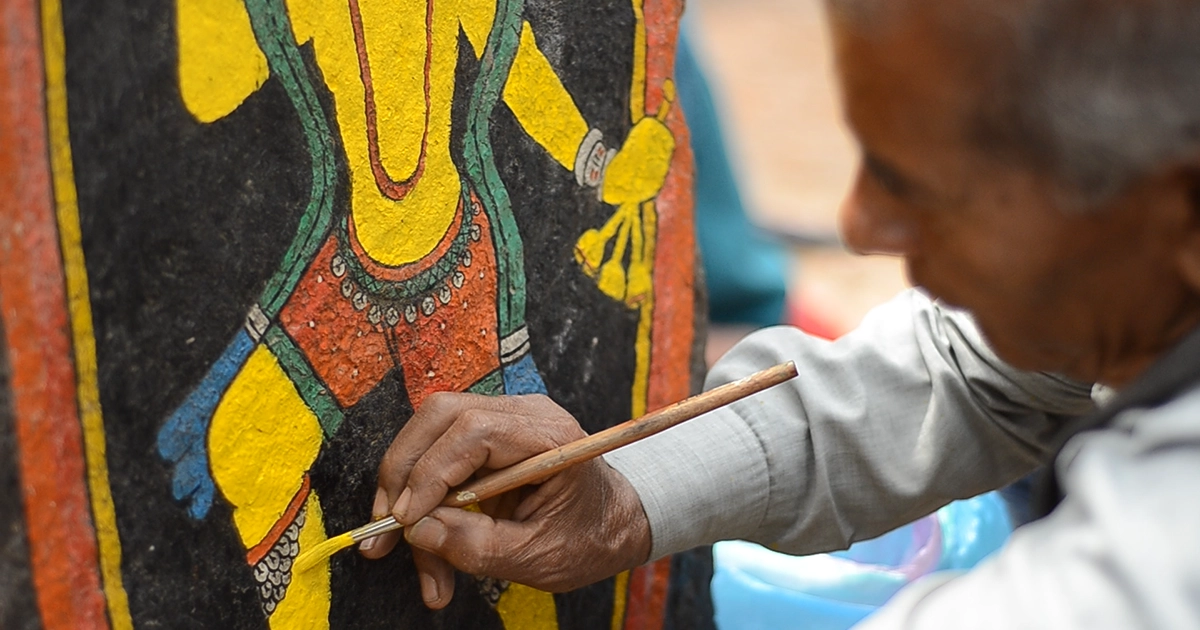
Just as hope seemed lost, the goddess Bhadrakali, disguised as an old woman, approached a brave young man and advised him to marry the princess. She revealed the secret behind the curse and told him of a mystical sword hidden in a riverbed. She instructed him to retrieve the sword and stay awake on their wedding night, ready to strike when the serpents emerged.
Following her guidance, the young man armed himself with the enchanted sword and kept watch as his wife slept. When the two deadly serpents slithered out of her nostrils, he swiftly killed them, breaking the curse once and for all. The next morning, for the first time, the kingdom awoke to find the princess’s husband alive.
Honoring the goddess Bhadrakali for her divine intervention, the young man, now the new king, established a grand festival. As part of the celebration, he displayed the carcasses of the slain serpents by tying them to a long pole, ensuring that the kingdom never forgot the power of the goddess and the bravery that freed the princess from her curse.
The Tale of Tantric Shekhar Achaju
Another legend traces the festival’s origins to the Licchavi era. King Shivadeva II of Bhaktapur sought the help of a tantric named Shekhar Achaju against frequent attacks of Kirata invaders. On the advice of Vajrayogini of Sankhu, the Tantrik transformed into a tiger wearing a rice husk and summoned hundreds of tigers from the forest to scare away the enemies.
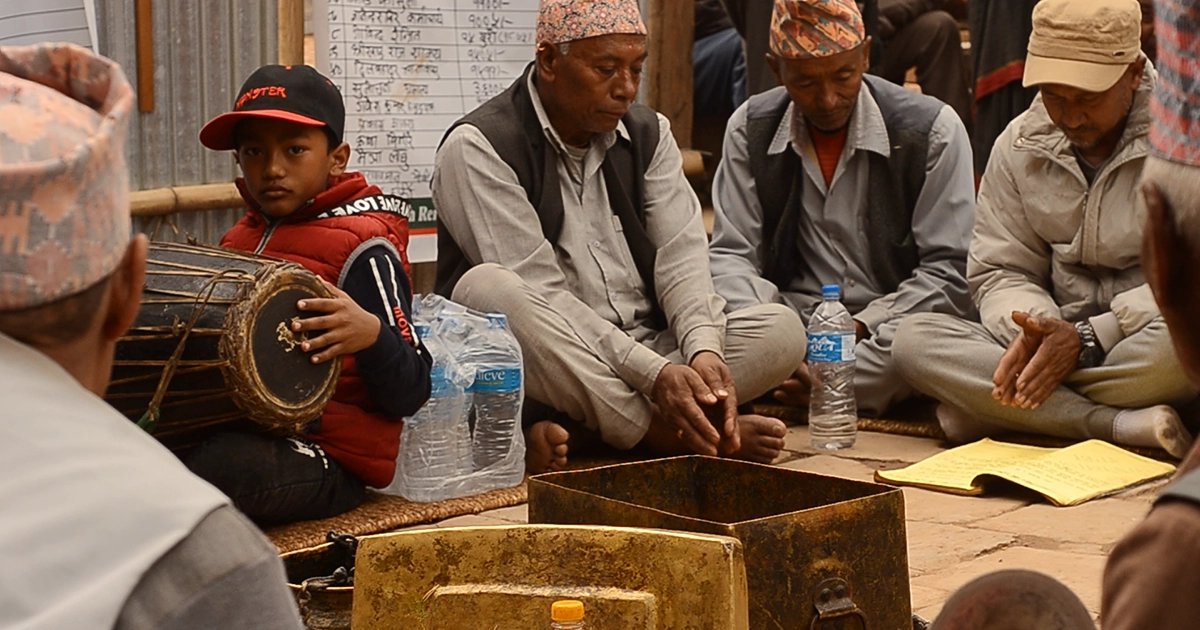
Pleased with tantric Sekhar Achaju, the king welcomed him into Thimi with a sindoor throwing festival. Later, his wife, curious about his powers, asked him to turn into a python. Convinced by his wife, Sekhar Achaju hands her a handful of his special rice husks and tells her to throw the rice at him once he becomes a serpent so that he can revert to a human. However, she panicked and consumed the magical rice husks herself, transforming herself into a python.
After knowing the tragic death of the couple, by the riverbank, the king ordered to erect a wooden pole (lingo) in their memory, which became a central part of the festival.
The Name “Bisket Jatra”
The term Bisket Jatra is derived from two Newari words: Bi, meaning serpent, and Sya, meaning to kill, as suggested by both above stories, Thus, Bisket Jatra translates to “the festival of killing the serpent,” symbolizing the triumph of good over evil.
When is Bisket Jatra Celebrated?
Bisket Jatra coincides with the Nepali New Year Baisakh 1st in the Bikram Sambat calendar). In 2025, the festival will be celebrated from April 10th to April 18th, with the main events occurring on the first day of the New Year (April 14th, 2025). The festival’s timing aligns with the spring season, marking the arrival of Basanta (spring) and the renewal of life.
Cultural and Religious Significance of Bisket Jatra
Biska Jatra is more than just a festival. It’s a festival shrouded in mystique and ancient legend with a vibrant display of heritage and community. The festival preserves the ancient traditions that have been passed down through generations. This also strengthens community bonds as people come together in spirit in Bhaktapur, Madhyapur Thimi (Thimi, Nagadesh, and Bode), and Tokha.
Bisket Jatra is a living cultural heritage that honors deities like Bhairav and Bhadrakali, seeking their blessings for prosperity and marking the start of the new year.
Major Highlights of Bisket Jatra
The Chariot Procession (Bhailakha Jatra)
One of the most iconic events of Bisket Jatra is the grand procession of chariots carrying the deities Bhairav (a fierce form of Shiva) and his consort Bhadrakali (a wrathful goddess). The massive, three-story wooden chariots are adorned with intricate carvings. Hundreds of devotees pull the chariots through the streets of Bhaktapur, stopping at key locations for rituals. A symbolic tug-of-war ensues between the upper (Thane) and lower (Kone) parts of the city, each trying to pull the chariot toward their side for blessings.
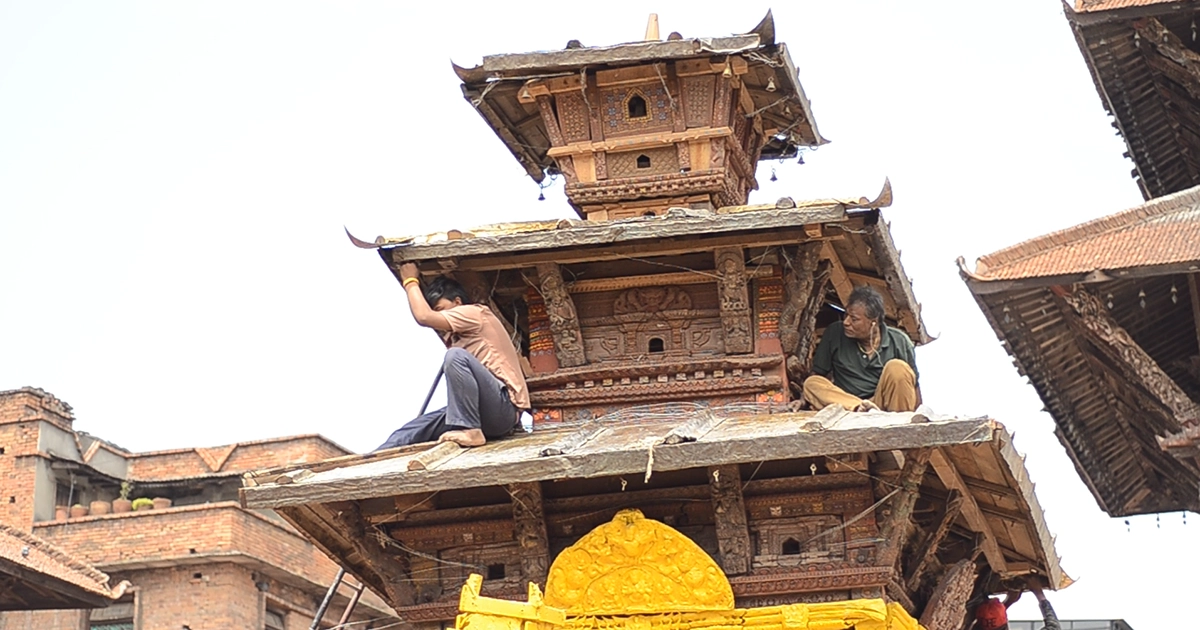
The Rise and Fall of the Lingo (Yoh Si Dyo)
A towering 25-meter wooden pole, called Lingo or Yoh Si Dyo, is erected in Lyasinkhel Square on the last day of the old year. Lyo sin dyo is the main attraction of this Jatra. The pole symbolizes the serpents slain in the legends.
On the first day of the New Year, the pole is pulled down in a dramatic ceremony known as Satruhanta Jatra, which symbolizes the downfall of enemies. The locals attend to witness the fall of the lingo with a belief in the downfall of their enemies.
Sindoor Jatra (Vermilion Festival)
The sindoor (color) is celebrated in Thimi, where devotees smear each other with sindoor (orange vermilion powder). Thirty-two palanquins (chariots) carrying idols of deities are paraded through the streets. The festival resembles Holi, a unique experience with people dancing, singing, and throwing sindoor in the air. A playful competition occurs as different groups try to block the procession of the Ganesh palanquin.
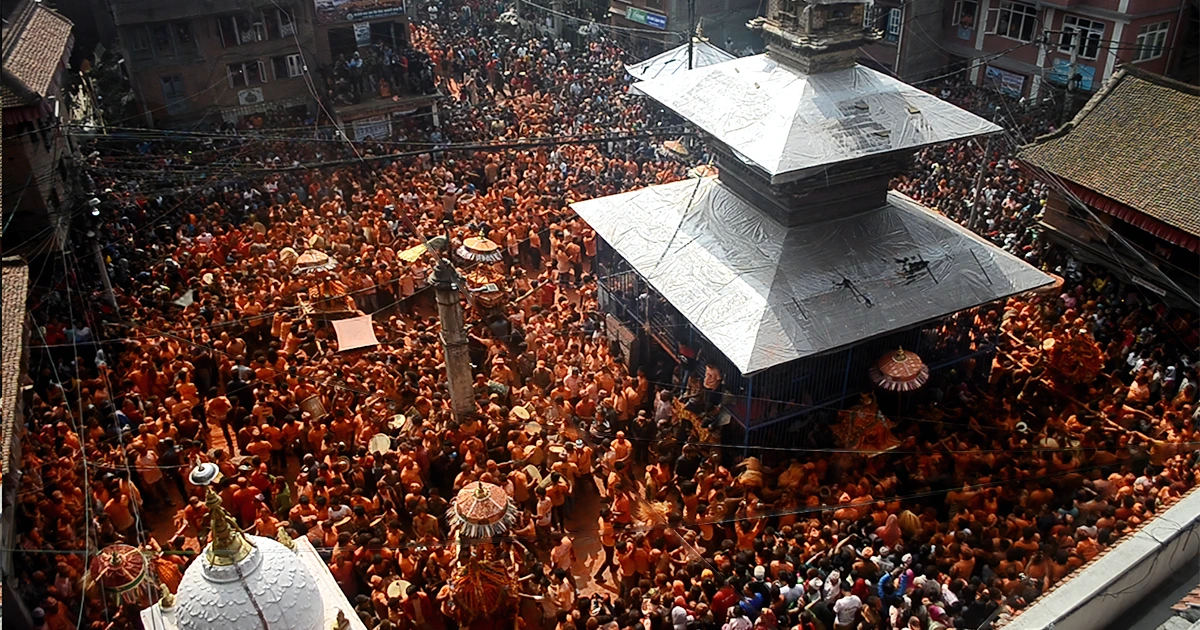
The Tongue-Piercing Festival (Mepwakhanegu Jatra (मेप्वाखनेगु जात्रा )
This is one of the most extreme rituals that takes place in Bode, where a volunteer from the Shrestha clan undergoes a sacred tongue-piercing ceremony. A 10-inch iron spike is driven through the tongue. The piercer then carries a flaming torch (Mahadip) and parades through the town. It is believed that the ritual helps them to ward off evil spirits, droughts, and epidemics.
It must be noted that this festival was canceled during the third plague in 1855 for the first time, since the historical Malla era.
Tug-of-War (Rope Pulling)
A fierce tug-of-war between the upper and lower parts of Bhaktapur symbolizes the struggle between good and evil. People gather and collide with the chariot of Bhairava and Bhadra Kali against each other during the festival.
A tug of war begins to determine to which half of the city the chariot will go first. The men from the lower half of the city try to pull the chariot out of Taumadhi Square into and along Bazaar Street to the south and then west as far as the Tekha-co twa.

Whereas, the people from the upper city try to pull it out of the square along Bazaar Street to the north and east into their half of the city as far as Dattatreya Square.
The rope used for the tug of war is over 100 meters long and made of hemp. Though the game looks interesting to watch, this is the most dangerous part of the event, which made this festival one of the most dangerous festivals in the world.
Traveler’s Guide to Bisket Jatra
As a foreign tourist in Nepal, you should not miss Bhaktapur Durbar Square, where the Main chariot procession is done. The Taumadhi Square is another spot not to miss where the Lingo is raised and lowered. Also, visit Thimi for Sindoor Jatra and Bode to witness the Tongue-piercing ceremony.
Wear comfortable clothing as the festival involves long walks and crowded streets. Stay hydrated and carry sunscreen, as April can be hot. Avoid touching sacred objects or interrupting rituals, and respect local customs. Also, avoid overcrowded areas as language can be a barrier to communication. Capture memories, but be mindful of religious sensitivities when taking photos.
Get A Unique Festive Experience
Bisket Jatra is a mesmerizing fusion of myth, tradition, and celebration. From the thunderous chariot processions to the awe-inspiring tongue-piercing ritual, every aspect of the festival tells a story of Nepal’s rich cultural tapestry. Whether you’re a traveler seeking adventure or a culture enthusiast, experiencing Bisket Jatra is a journey into the heart of Nepal’s spiritual and communal life.
If you’re planning a trip to Nepal in April 2025, contact Awesome Holidays Nepal to manage your trip to this extraordinary festival. Don’t miss out on the once-in-a-lifetime experience that will leave you spellbound.
Related blog posts
Discover a choice of tourist destinations loved by most of our visitors. Whether you're on a jungle safari to spot rare animals or walking through a world heritage site, these well-planned itineraries cover the major highlights of Nepal.

